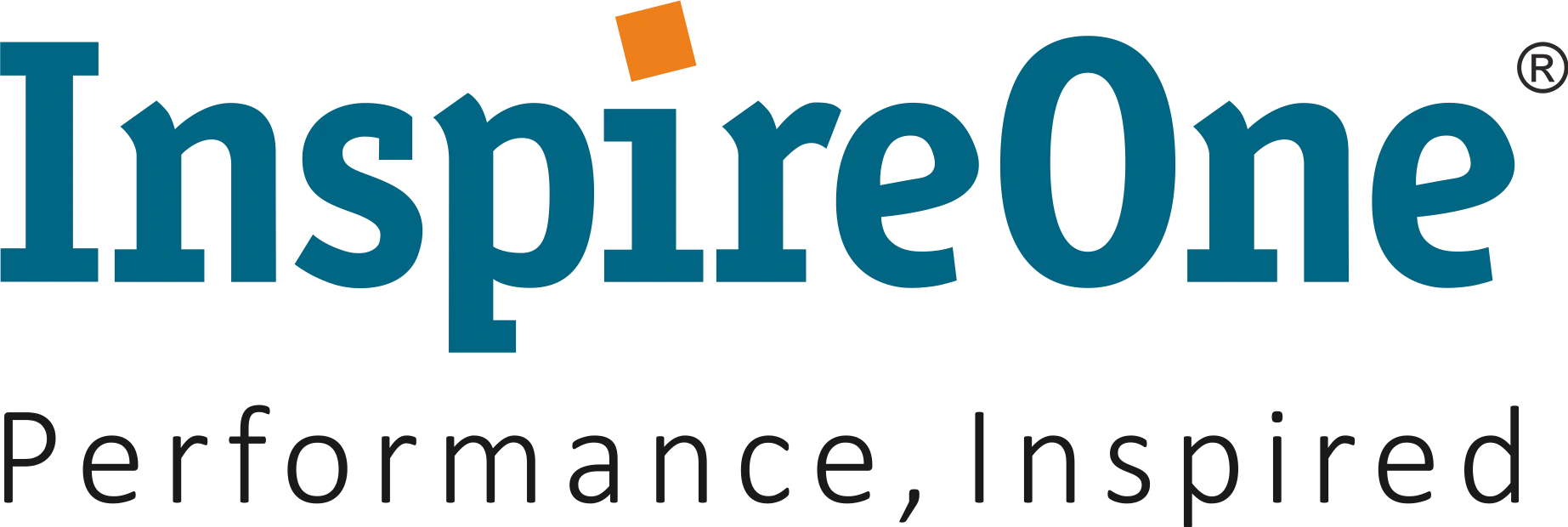
Build Hope, Energy, Resilience and Optimism – The World Health Organization estimates that depression and anxiety cost the global economy $1 trillion each year in lost productivity. Mental health professionals are also seeing a mental health crisis emerging because of this pandemic.
Building Hope, Energy, Resilience & Optimism is an essential factor in workplace performance often associated with lower absenteeism and cynicism and higher satisfaction and commitment.
However, developing H.E.R.O attributes requires a significant shift in leaders’ mindset from a weakness-based model of managing people to a more positive, strengths-based one. It requires them to retool those structures, processes, and individuals responsible for implementing all the talent life cycle stages. Leaders with high H.E.R.O attributes display more adaptive resilience and lead their teams to thrive, even in tough times like now.
LEARNING TO BUILD HOPE, ENERGY, RESILIENCE & OPTIMISM:
Based on more than two decades of experience in the learning and development space, we recommend the following tips to build hope, energy, resilience and optimism-
IDENTIFYING NEEDS
We have seen that leaders with high H.E.R.O are quick to gauge what their team members need. They adapt work protocols and systems to facilitate connection and communication between individuals and teams.
For instance, Mr Rajesh Ramakrishnan (Managing Director, Perfetti Van Melle, India) emphasizes the need for maintaining open and proactive communication, to build hope and optimism which further drives these HERO attributes. Their leadership team was able to achieve this during the pandemic by:
“We announced proactively to the team that there would be no layoffs, all increments were paid on the 1st of April, all incentives were paid out, and we made sure that the safety, which is also inclusive of the economic safety and well-being of the employees were taken care of… so that itself set the tone.”
Mr Ramakrishnan (Managing Director, Perfetti Van Melle), India compares this to Maslow’s hierarchy; “When the base is taken care of then the rest of it can be built on top of that… so that gave people the kind of hope and optimism that yes, things are bad and uncertain, but they’re not that bad, and I’m sure we will find ways of tiding over it.”
Similarly, leaders at Axis Bank like Ms Carmistha Mitra (Senior VP, Chief Learning Officer), opened newer ways to build hope among the employees of their organization-
“We realized that people wanted to work from different parts of the country so we leveraged this learning and introduced a new initiative called Gig-A” This approach embraces the ‘work from anywhere’ model “so now twenty per cent of the bank from the next year is going to be a completely virtual workforce.”
MODELING DESIRABLE BEHAVIOURS
Social learning theory sets forth the premise that people unavoidably learn things they see or experience in a hands-on way.
Leaders like Mr Shenu Agarwal (CEO, Escorts Agri Machinery) focused on creating optimism in their teams by deploying the behaviours that would create optimism.
“We decided to truly believe in the power of human beings and give them a platform to demonstrate that power, so we decided to launch a magic day program, and we assigned a day to each individual in the team and let him/her create some kind of magic; in a personal or professional context. So every day, a person would create a video and share it on the WhatsApp group that this is the magic I want to create, and at the end of the day, they shared what they were able to achieve”. This helped create an environment of high energy in other employees, who also started to participate in this initiative and took up new challenges.
Mr. Randeep Sekhon (Chief Technology Officer, Airtel) deployed this model for his network team, who had to leave the house to serve others just after the second or third day of the lockdown. His team members did experience a lot of anxiety and apprehension as they had to risk their lives by stepping out of their homes to perform their jobs at a time when the entire world was in lockdown. However, their team leaders also started stepping out to make the frontline staff believe that they were not alone in this fight against covid. This helped instill confidence in their team.
MANAGING TEAM’S EMOTIONS
Successful leaders check in on their employees’ emotional state rather than just their performance rate, coaching employees to take a moment to pause when facing challenges.
For instance, leaders like Ms Carmistha Mitra (Senior VP, Chief Learning Officer, Axis Bank) at Axis decided to take a break every day during the pandemic when all their banks were shut down for an hour and employees were encouraged to deal with stress effectively.
Some leaders like Mr Rajesh Ramakrishnan (MD, Perfetti Van Melle, India) are encouraging developing deeper connections by welcoming employees’ children or spouses in conference calls if they are present while keeping meetings fun and light-hearted focusing on the learning process rather than only on the outcome.
CREATING A SENSE OF PURPOSE
Communicating a valuable purpose inspires hope and optimism among employees to make a real difference, provided they feel valued and empowered to contribute through their strengths, ideas, and views in working towards this purpose.
Shenu from Escorts points out, “as leaders and as organizations, we always have to find out ways to connect with people and to find out ways to connect them with a meaningful goal.”
Mr. Sekhon from Airtel recounts how their team established a strong sense of purpose in their network providers who had to risk their lives and go out during the lockdown:
“When we started connecting with our people in the townhalls… we gave them a sense of purpose.. that you are no less than a medical worker, you’re helping people connect, for instance, if a person wants to consult with his doctor virtually, you are the bloodline of this communication.”
“Giving them a sense of purpose and applauding them publicly made them feel elated and gave them a sense that they’re doing a national job of keeping the nation connected. Making them feel positive and appreciated made them realize that even though I am taking a risk, but I am taking a risk for a bigger purpose, and in some way, I am contributing to India’s fight to covid.”
CULTIVATING EMPATHY
In the workplace, empathy can show deep respect for co-workers and demonstrate that you care instead of just going by rules and regulations. An empathic leadership style can make everyone feel like a team and increase productivity, morale, and loyalty.
For instance, Axis Bank intensified their reach-out efforts during the pandemic as many people were being affected by covid. They formulated a reach-out plan to connect check-in on their employees once every 2 to 3 days to give them the help or medical facilities they require.
Also, as the organization realized a lot of business pressure, they introduced a program called “stay positive” to build hope and introduced concepts like well-being and mindfulness to these cohorts. This gave the organization “a differentiator saying ‘we care.'”
By implementing these steps, leaders and managers can build a positive, inclusive cultural DNA that supports psychological and human, and social capital growth. This will ignition a virtuous success cycle where top talent is attracted to the organization and, once hired, is motivated to go above and beyond to help the organization prosper.






